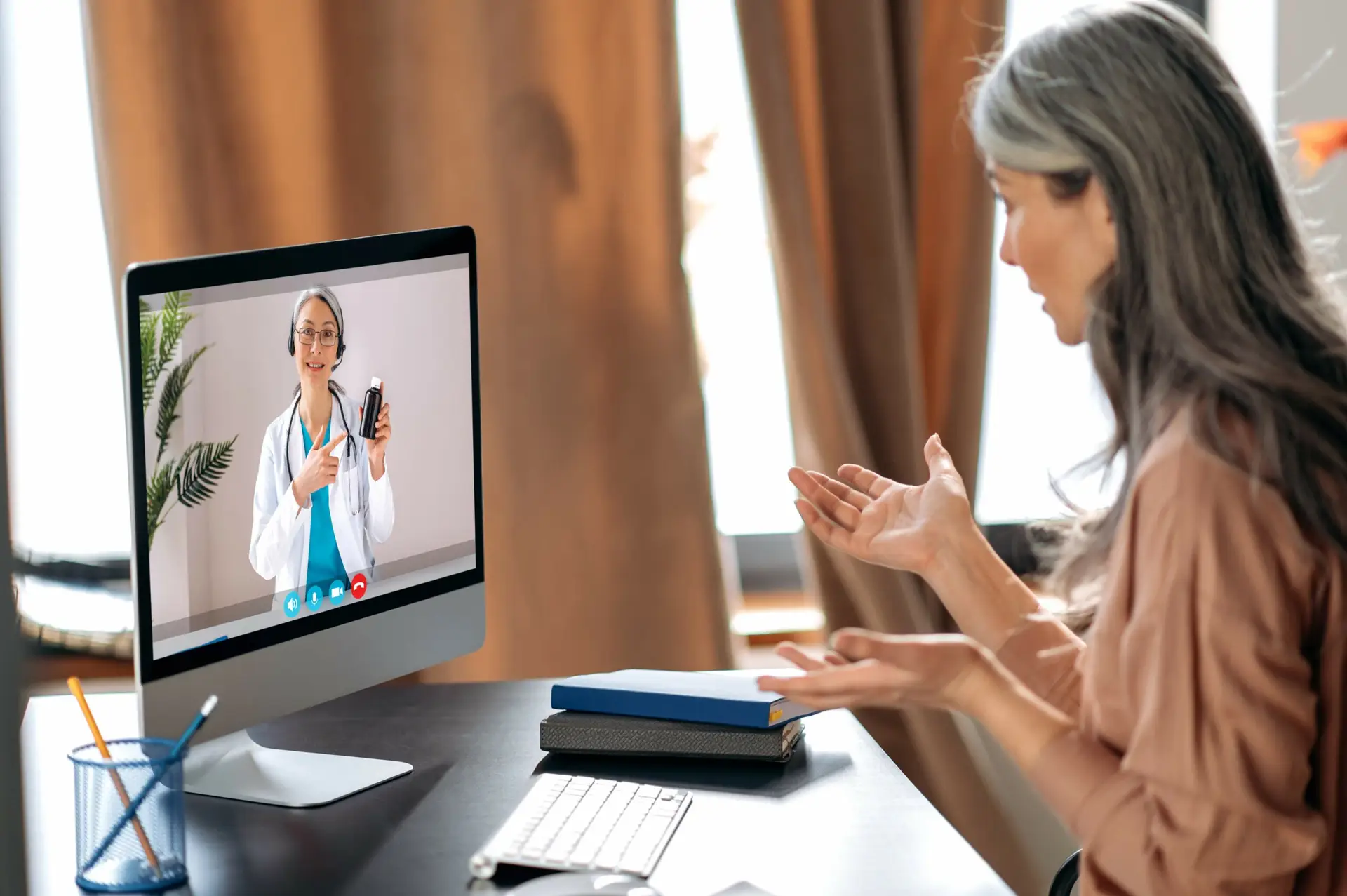
The Top Benefits of Remote Patient Monitoring for Healthcare Providers
With the shift toward patient-centric and value-based service, healthcare providers face challenges in delivering superior patient care while optimizing revenue.
Unlock, optimize, and transform your revenue streams.
Get a firm handle on cost and compliance.
Attract more patients while improving the patient experience.
Attract more patients while improving the patient experience.
Attract more patients while improving the patient experience.
Get to know us!
Unlock, optimize, and transform your revenue streams.
Get a firm handle on cost and compliance.
Attract more patients while improving the patient experience.
Attract more patients while improving the patient experience.
Attract more patients while improving the patient experience.
Get to know us!
Unlock, optimize, and transform your revenue streams.
Get a firm handle on cost and compliance.
Attract more patients while improving the patient experience.
Attract more patients while improving the patient experience.
Attract more patients while improving the patient experience.
Get to know us!
Unlock, optimize, and transform your revenue streams.
Get a firm handle on cost and compliance.
Attract more patients while improving the patient experience.
Attract more patients while improving the patient experience.
Attract more patients while improving the patient experience.
Get to know us!
Unlock, optimize, and transform your revenue streams.
Get a firm handle on cost and compliance.
Attract more patients while improving the patient experience.
Attract more patients while improving the patient experience.
Attract more patients while improving the patient experience.
Get to know us!
Unlock, optimize, and transform your revenue streams.
Get a firm handle on cost and compliance.
Attract more patients while improving the patient experience.
Attract more patients while improving the patient experience.
Attract more patients while improving the patient experience.
Get to know us!
FEATURED
With a growth rate of 18.2% nationwide, it’s clear to see that healthcare organizations are realizing the benefits of RPM for patients and providers alike.
Curious whether RPM is the right fit for your organization? Find everything in this comprehensive article you need to know about RPM and how to implement it.


With the shift toward patient-centric and value-based service, healthcare providers face challenges in delivering superior patient care while optimizing revenue.

Telehealth, simply put, includes the use of technology to deliver healthcare services to patients, bridging the gap between traditional healthcare

As healthcare providers and organizations seek to offer cost-effective, high-quality care, a focus on Remote Patient Monitoring (RPM) and Chronic

The latest technological innovation that’s receiving significant attention in the medical industry is Remote Patient Monitoring (RPM). Set to grow

It may come as a surprise to many that remote patient monitoring is over a century old. So where did

Table of Contents Remote Patient Monitoring (RPM) traces its roots to early telemedicine efforts that began in the mid-20th century.

Remote patient monitoring (RPM) has emerged as a crucial solution for healthcare providers who want to improve their patient experience

Remote patient monitoring is important for improving healthcare and increasing revenue. By using RPM technology, administrators can improve resource allocation,

Introduction to RPM and Patient Safety Remote Patient Monitoring (RPM) represents a groundbreaking shift in how healthcare is delivered, leveraging


